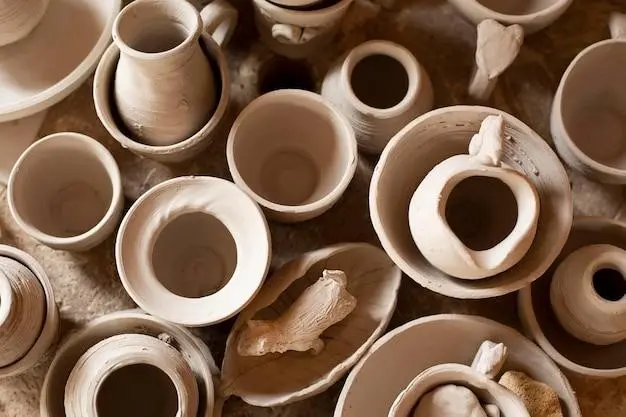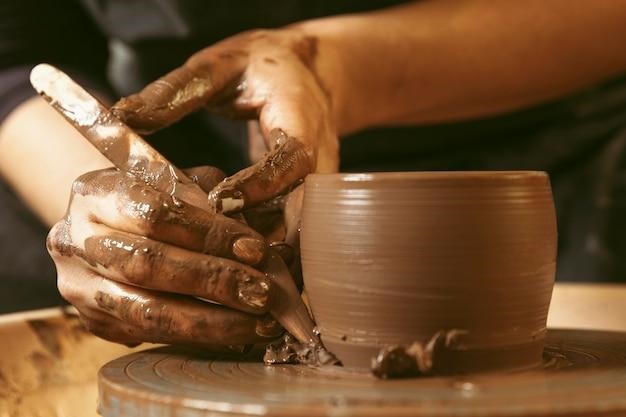
Everything You Need to Know About Ceramic Art and Civilization
13 April 2022
Contact Us
Boisbriand
654 Curé-Boivin
Boisbriand, Quebec
J7G 2A7
Monday to Friday: 9 AM to 5 PM
Saturday: 9 AM to 5 PM
Phone: +1 450-419-5111
Email: [email protected]
Saint-Laurent
3850 Boulevard Côte-Vertu West
Saint-Laurent, Quebec
H4R 1V4
Monday: Closed
Tuesday to Saturday: 9 AM to 5 PM
Phone: +1 514-500-9866
Email: [email protected]

Humans have always loved aesthetics and beauty. Since the beginning of civilization, humans have tried to make their environment pleasant. Ceramic art is one of those efforts to decorate our surroundings. People love the soft curves and avant-garde finishes of ceramic art pieces. Did you know that the global market for ceramic decoration is around $247.4 billion? These significant figures show the widespread demand and fascination people have for ceramic art. In this blog, we will talk about ceramic art and civilization. From the history of ceramic art to its evolution in civilization, we will cover all the background details.
History of Ceramic Arts

The term “ceramics” comes from a Greek word called Keramikos. This word means clay pottery. Ceramic arts primarily involve the process of making pottery. It incorporates entities such as tiles, dinnerware, ornamental objects, figurines, etc., made from clay. Archaeology divides ceramic arts into two categories: applied art objects and fine arts. Some famous ceramic artists are Ellen Schon, Tony March, Fernando Casasempere, Johnson Tsang, etc. Evidence of ceramic art can be found as far back as 3000 years in civilization. One such example is the Nok region in Africa. Ceramic art was found in Chinese, Greek, Mayan, Japanese, Korean civilizations, etc.
The evolution of ceramic art unfolded in several phases. The earliest mentions are found in Paleolithic pottery, discovered in Europe as early as 20,000 BC. On the other hand, the ceramic art of Asian culture and certain regions of Africa is marked between 12,000 and 6,000 BC, known as Neolithic pottery.
Modern World Ceramic Arts
The process of making ceramic art includes shaping the clay and then subjecting it to heat. Modern world ceramic art also includes glassware. Modern civilization has incorporated ceramic arts into technological applications. Advancements in technology have eliminated the need for handmade pottery. However, artistic pottery or fine arts only includes handcrafted ceramic work.
Currently, the work of ancient artists has found its place in museums and exhibition halls. For example, the Palace Museum in Beijing houses 340,000 pieces of ceramic art. Another museum in Taiwan, the National Palace Museum, holds 25,000 works of art. Other major museums housing artworks include the Metropolitan Museum of Art, the Corning Museum of Glass, etc.
Civilization and Ceramic Art
As human civilization progresses, ceramic art forms have also evolved. Everything is available on the market, from inexpensive ceramic art to fine arts. Contemporary ceramic art can also be seen in dinnerware, pottery, decorative objects, and regular utilitarian items. A book titled *Ceramics, Art and Civilization* by Paul Greenhalgh sheds light on the art form of ceramics.
Conclusion
Ceramic art occupies its place as one of the most demanded art forms. People love to use ornamental ceramics in their homes. The commercial scope of ceramic art is also huge. Ceramic figurines and dinnerware play a crucial role in modern architecture. It is one of the most trendy items experienced in different themes. Ceramic work has deeply rooted itself in both rustic and contemporary interiors.

